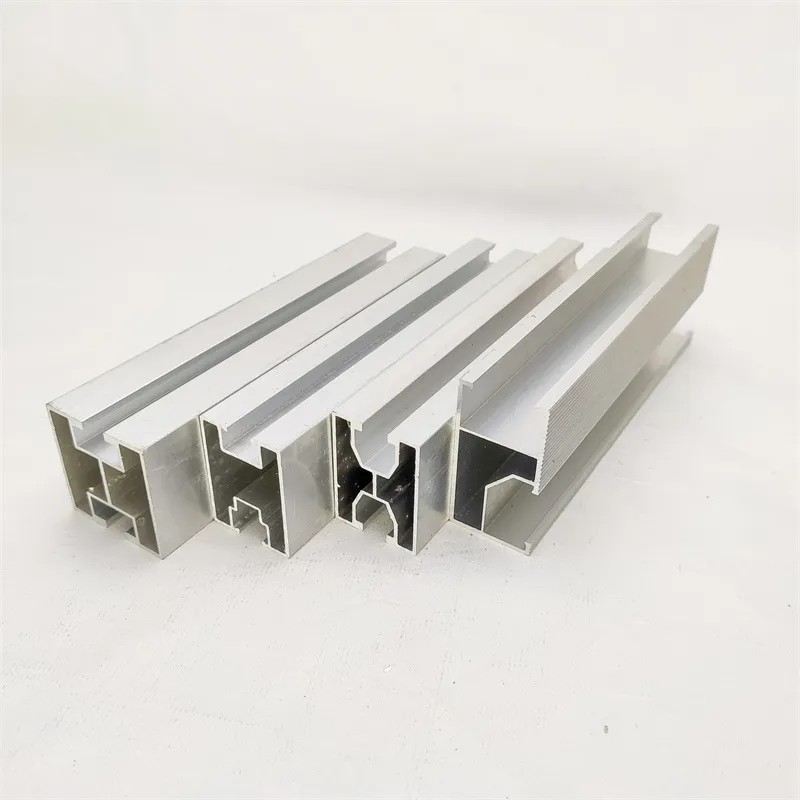

Innovations in Steel Frame Bolt Design for Enhanced Structural Integrity and Performance
Sep . 29, 2024 06:16 Back to list
Innovations in Steel Frame Bolt Design for Enhanced Structural Integrity and Performance
Understanding Steel Frame Bolts Essential Components in Modern Construction
Steel frame construction is a popular choice in modern architecture and engineering, celebrated for its strength, durability, and efficiency. At the heart of these structures are steel frame bolts, crucial components that play an essential role in maintaining the safety and integrity of buildings. A comprehensive understanding of steel frame bolts is vital for architects, engineers, and construction professionals involved in commercial and residential projects.
Steel frame bolts are designed to connect various structural elements, such as beams, columns, and plates, ensuring stability and resistance to external forces. These bolts come in various types, each suited for specific applications. The most common types include high-strength bolts, anchor bolts, and structural bolts. High-strength bolts are often used in moment connections, where resistance to bending forces is critical, while anchor bolts secure structural elements to foundations, providing a solid base for the entire structure.
The manufacturing of steel frame bolts adheres to strict standards to ensure their reliability. In the United States, the American Institute of Steel Construction (AISC) and the American Society for Testing and Materials (ASTM) set forth guidelines and specifications that manufacturers must follow. This ensures that the bolts possess the necessary mechanical properties, such as yield strength and tensile strength, to withstand the demands of heavy loads and environmental conditions.
steel frame bolts

Installation of steel frame bolts demands precision and expertise
. Improperly installed bolts can lead to significant structural failures, highlighting the importance of skilled labor in construction. Techniques such as pre-tensioning and torque control are used to ensure that bolts reach the correct tension level, enhancing the overall stability of the connection. Additionally, inspection protocols are established to verify the integrity of bolt installations, involving visual inspections and non-destructive testing methods.Environmental factors also influence the selection and application of steel frame bolts. Corrosion resistance is a critical consideration, especially in coastal or industrial areas where moisture and chemicals can degrade steel. Therefore, galvanized or stainless steel bolts are often preferred in environments prone to corrosion, extending the lifespan of the structural elements while minimizing maintenance costs.
The future of steel frame bolts is intertwined with advancements in material science and engineering practices. Innovations such as smart bolts, equipped with sensors, are emerging to provide real-time data on stress and strain, enabling proactive maintenance and enhancing safety measures.
In conclusion, steel frame bolts are indispensable in the construction industry, ensuring the resilience and longevity of steel structures. Understanding their types, specifications, installation techniques, and the impact of environmental factors is crucial for professionals in the field. As technology progresses, the evolution of steel frame bolts promises to enhance the safety and efficiency of modern construction, paving the way for innovative architectural designs while maintaining structural integrity.
Latest news
-
High-Strength Hot-Dip Galvanized Bolts-Hebei Longze|Corrosion Resistance&High Strength
NewsJul.30,2025
-
Hot Dip Galvanized Bolts-Hebei Longze|Corrosion Resistance&High Strength
NewsJul.30,2025
-
Hot Dip Galvanized Bolts - Hebei Longze | Corrosion Resistance, High Strength
NewsJul.30,2025
-
High-Strength Hot Dip Galvanized Bolts-Hebei Longze|Corrosion Resistance, Grade 8.8
NewsJul.30,2025
-
Hot Dip Galvanized Bolts-Hebei Longze|Corrosion Resistance,High Strength
NewsJul.29,2025
-
High-Strength Hot Dip Galvanized Bolts - Hebei Longze Metal Products Manufacturing Co., Ltd.|corrosion resistance&high strength
NewsJul.29,2025

